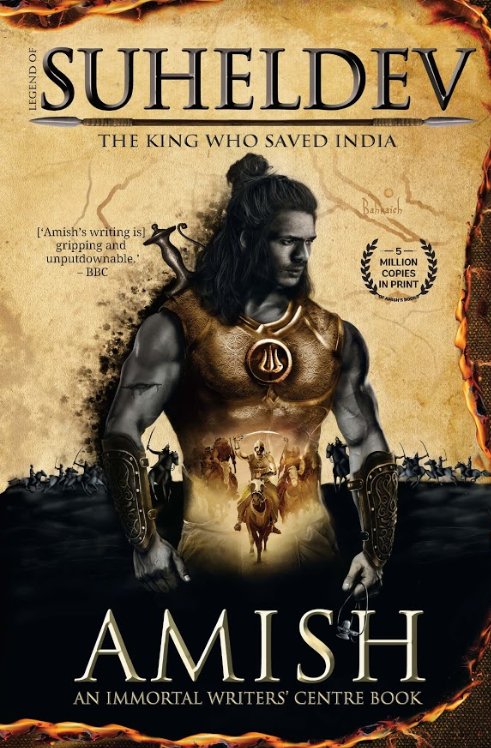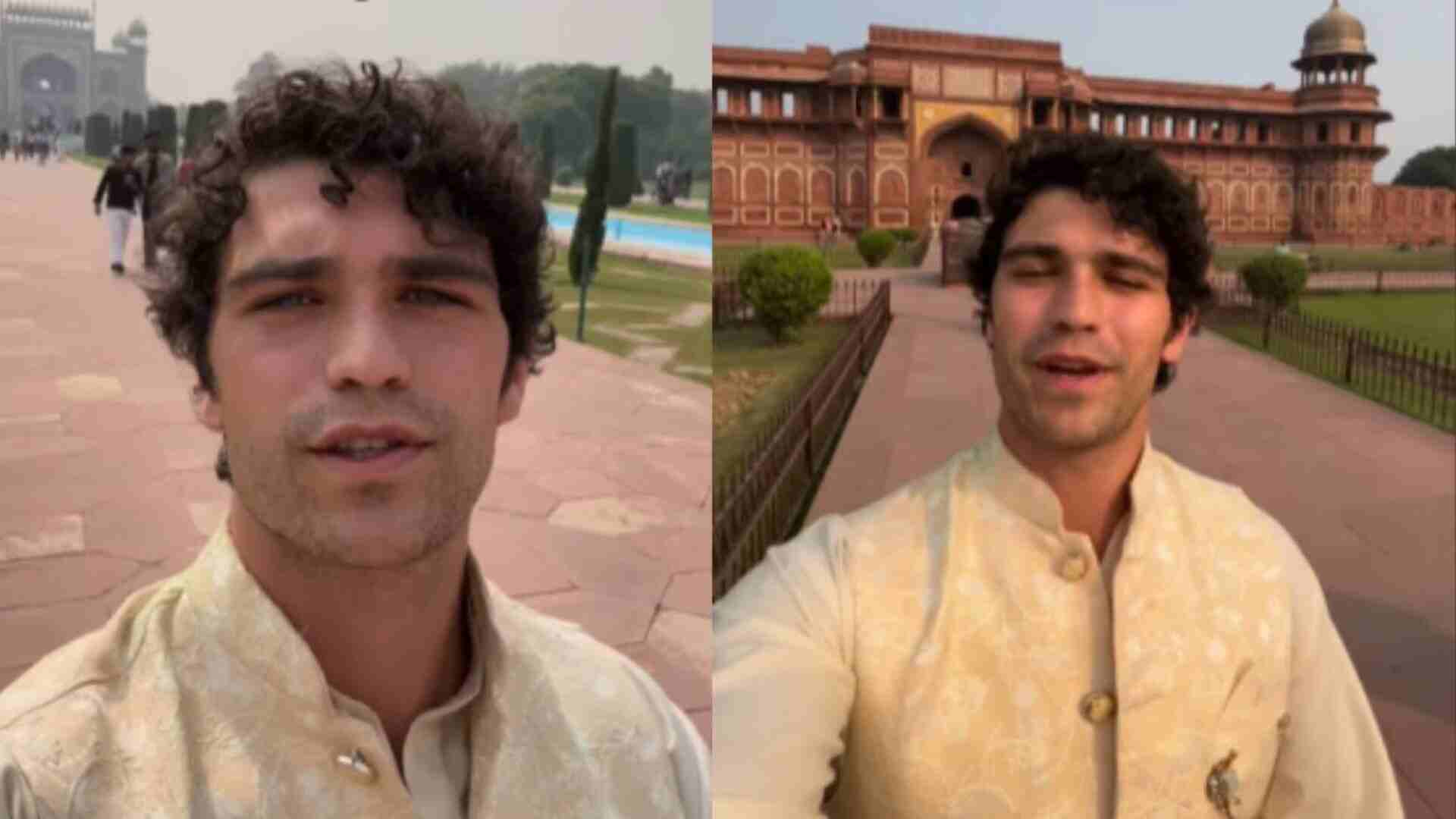

A few years ago, when Sanjeev Sanyal came out with The Ocean of Churn: How the Indian Ocean Churned Human History, an editor — well-read and openminded — called me gushing about the book. He quoted Sanyal’s book to remind how in 731 AD, when the “prosperous Pallava kingdom in southern India faced an existential crisis”, after the sudden death of King Parameswara Varman II without having any direct heir to the throne, it was decided to “reach out to a collateral branch of the dynasty that had survived in a distant land”.
Sanyal, while poignantly recounting the story, informs that five generations back a young Pallava prince, Bhima, had taken a long, arduous sea voyage to Cambodia and married a local princess. After the king’s death, it was decided to send a delegation there in search of an heir. A team of Brahmin scholars hurriedly began the sea journey and reached the court of Bhima’s descendants. The then king of Cambodia, Hiranya Varman, had four sons. The first three turned down the offer; the youngest prince, barely 12 years old then, however, took up the challenge. He later became one of the greatest Pallava rulers, Nandi Varman II.
It’s an amazing story not just of the enterprise, openness and unorthodoxy of our ancient people, but also of the endeavour to create an empire well beyond the Indian borders based on cultural and civilisational notions. But what startled me that this story is so little known to us all. R.C. Majumdar, among the greatest historians who later got sidelined for reasons primarily ideological, had written extensively about all this in one of the 11 volumes of The History and Culture of the Indian People, published by Bharatiya Vidya Bhavan. But such has been the ideological hold of a section of the intelligentsia on our history books that even an editor of good, all-round knowledge was awestruck by the information that should ideally have been told to every child going to a school!
And that’s where the role of the likes of Sanyal and even more so of Amish becomes significant. They bring alive the so far airbrushed history of India and Indians we have been denied reading academically and otherwise. Amish, to his credit, with his new book, Suheldev: The King Who Saved India, has gone a step further. He has set up a Writers’ Centre — not a new phenomenon in the West where authors like James Patterson have been doing this for a long time now — to help him expand his capacity as a writer. Amish writes in the ‘Foreword’: “I cannot write faster than a book every one-and-half to two years. And at that pace, I will die before I write down all the story ideas that He (Lord Shiva) has already blessed me with. I cannot carry these stories to my cremation pyre.”
With Suheldev, Amish is trying to create an ecosystem of writers who can work with him to resuscitate some of the long-forgotten heroes from the pages of Indian history. And there are many such heroes who have been relegated to the margins — some to even footnotes — by Delhi-centric and obsessed historians. For instance, Rajendra Chola was the most powerful ruler in the country when Mahmud of Ghazni attacked India. But unfortunately, we are hardly told anything about him! He only finds a cursory mention in our history books. Maybe he will get full-fledged attention in one of Amish’s future projects.
Coming to Suheldev: The King Who Saved India, this 325-page book has Amish’s stamp all over. If in his previous books, his uncompromising love for Indian culture and tradition was evident, this one takes all of them along and sprinkles his overwhelming patriotic fervours for the nation. Unlike the Nehruvian historical consensus which desisted from showcasing any hint of barbarism and bloodbath unleashed by the marauding invaders from the west, erroneously — and I must add, mischievously — clubbing Indian Muslims with the misdeeds of invading Turks and Arabs, Amish’s never attempts to brush aside such vandalisms committed by the barbarians from the west but without questioning the integrity of Indian Muslims. In fact, one of the prominent characters in the book is an Indian Muslim who fights alongside Hindu and Buddhist warriors against Ghazni’s forces.
They came, they saw, they conquered. This is the impression we are given by our sarkari historians about Arabic and Turk invasions of India. In reality, it’s all bunkum. Within a hundred years of Prophet Mohammed’s death, the Arabs had breached the Spanish walls and were threatening to run over the entire Europe, but in the east they could make little headway. The almost forgotten Hindu Shahi rulers of Afghanistan incessantly fought, lost, regrouped, fought again, lost again! This went on till they survived. And not until 1192 AD could the Turkish forces get a strong foothold in the country, and that too because a year before Prithviraj Chauhan had let go the utterly defeated Mohammed Ghori, failing to see the true nature of his enemy to his own tragic and disastrous end.
The book also hits out at the notion that Indians didn’t unite to fight against the invaders. They did. No doubt, they could have done better. Sometimes they were plain unlucky too. So, in this case, Suheldev brings together everyone who believes in the idea of India – from a Buddhist in Ashvaghosha and an Indian Muslim in Abdul to a former commander in Govardhan and an orphan in Toshani — to challenge the Ghaznavaid commander Salar Masud in the battle of Bahraich. Such was the crushing defeat for the Turkish forces that they didn’t look back at India for over 150 years till the stupid magnanimity (or was it the ethical obsession?) of Prithiviraj Chauhan that gave them a chance to sneak in towards the end of the 12th century. Interestingly, Suheldev’s story also hits out at the notion of the lower castes siding with the invading forces to escape from the tyranny of the caste system! Suheldev — just like Shivaji in the late 17th century — belonged to a lower caste! Maybe it is also the reason why Suheldev fails to make it to our textbooks, for he wouldn’t have fitted into the “class war” notion of the eminent historians.
Suheldev is just one of the many heroes waiting to be rescued from the tyranny of selective historiography. Thankfully, Amish promises to come out with more. Who knows Rajendra Chola could be the next character? Or, will it be Lachit Barphukan, the hero of the Battle of Saraighat, which stopped the march of the mighty Mughals in Assam?
In the meantime, read Amish’s Suheldev. It’s absolutely worth your time and money.















